Eco-friendly Furniture Care Guide
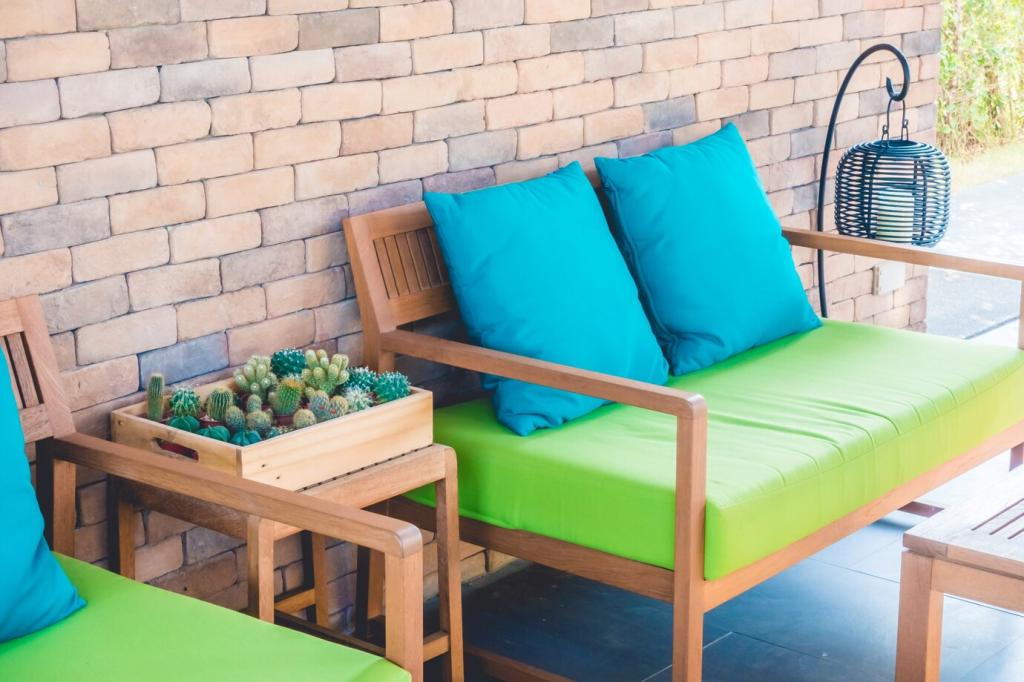
Green Cleaning That Works
Wood Surfaces, Gently Cleaned
Dust with a dry microfiber cloth first. For grime, mix warm water with a few drops of castile soap; wring cloth almost dry. Avoid soaking, especially on veneers or waxed finishes. Always spot test discreetly.
Fabric Upholstery, Naturally Fresh
Vacuum with a brush attachment, then sprinkle baking soda, wait fifteen minutes, and vacuum again. For spots, dab plant-based detergent diluted in water—never rub. Test under a cushion first, and share your stain victories.
Leather Care Without Harsh Chemicals
Wipe with barely damp, distilled water and a drop of mild soap, then dry immediately. Condition sparingly using natural balm formulated for leather. Avoid vinegar and oils not intended for leather. Tell us your results.
Conditioning, Finishes, and Protection
Polymerized linseed or tung oil can revive dry wood, but apply thinly and let cure fully. Always patch test. Important safety note: oil-soaked rags may self-ignite—lay flat to dry outdoors before discarding.
Conditioning, Finishes, and Protection
Beeswax or carnauba blends add a breathable sheen. Apply sparingly with a soft cloth, buff until the surface feels dry, not tacky. Readers love the glow on heirloom pieces—share before-and-after photos if you can.
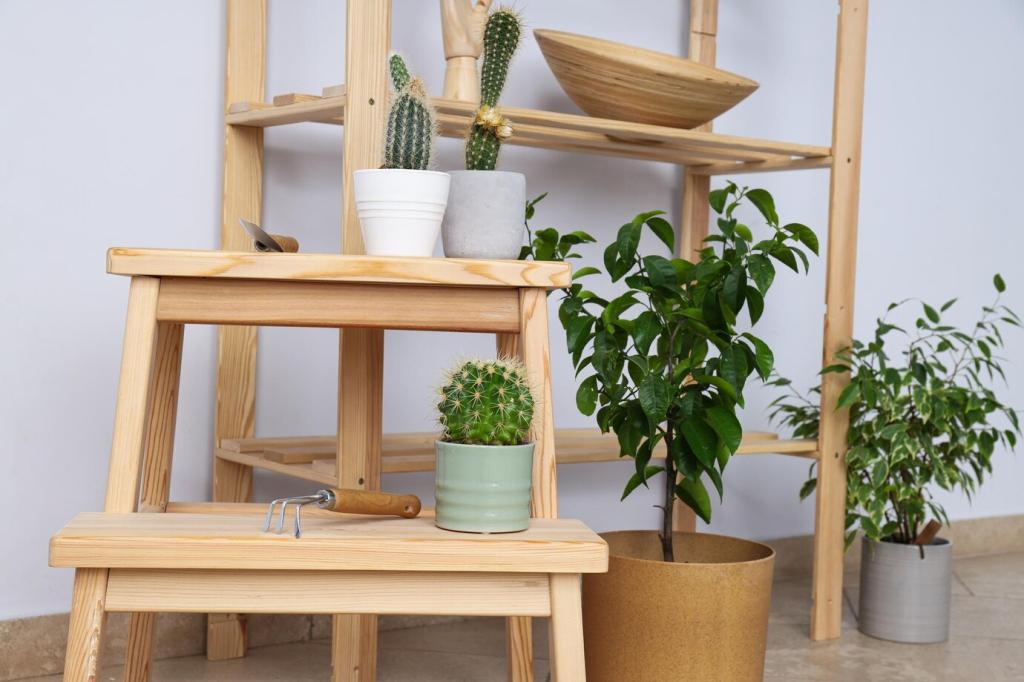
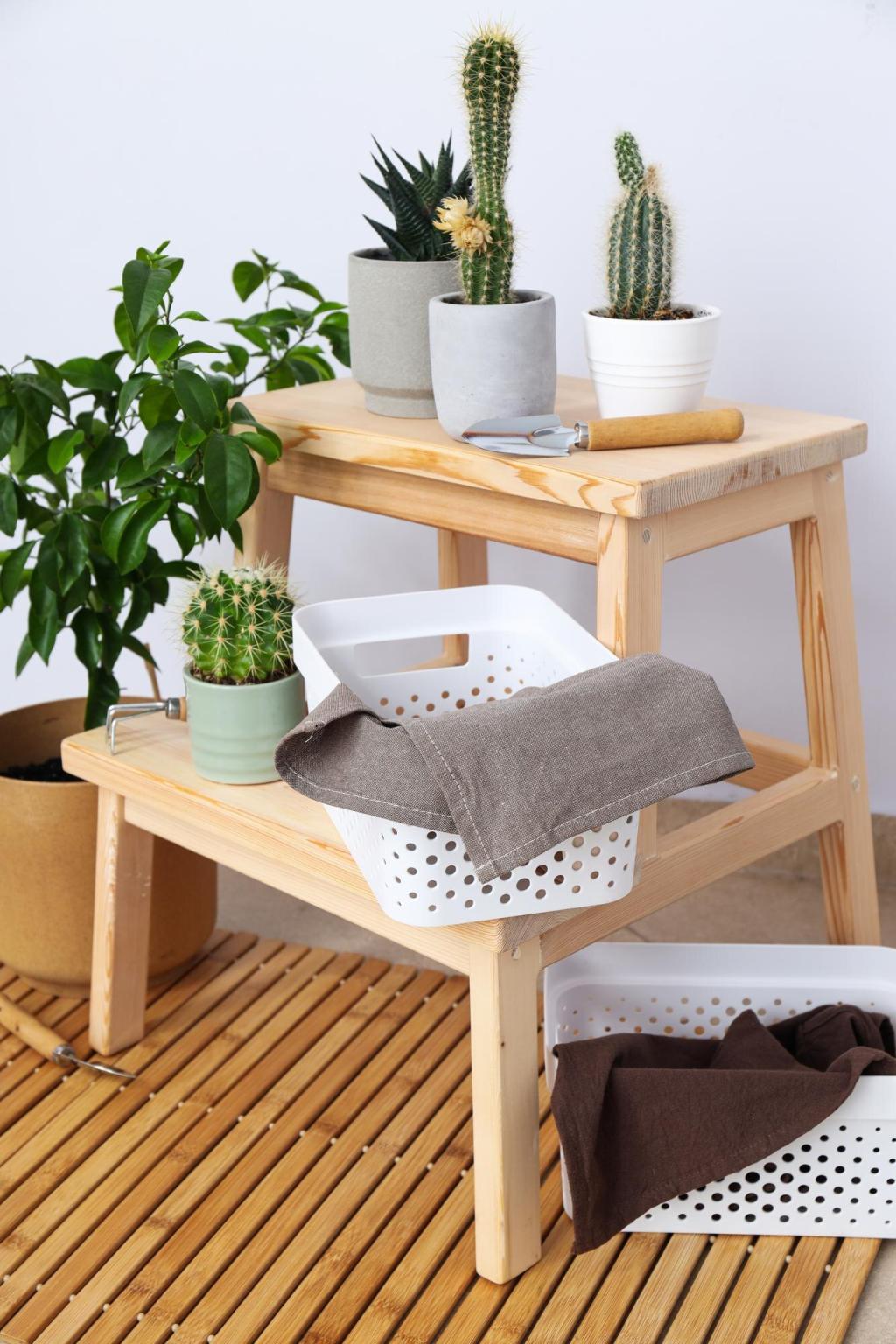
Small Scratches and Dings
For light scratches, blend with a matching wax crayon or walnut, then buff. Tighten wobbly joints using water-based, low-VOC wood glue. A reader fixed a thrifted chair in an hour—share your quick wins.
Reupholster the Eco Way
Choose durable natural fabrics like hemp, linen, or organic cotton, and consider wool batting or natural latex padding. Reuse frames, salvage springs, and save trim. Post your fabric swatches to inspire fellow upcyclers today.
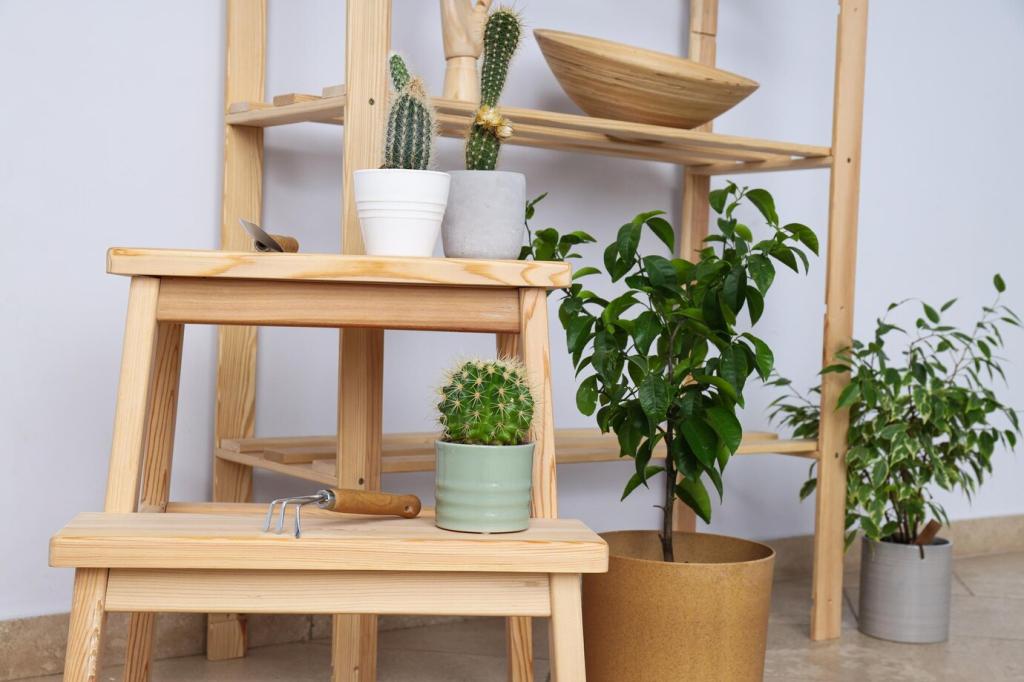
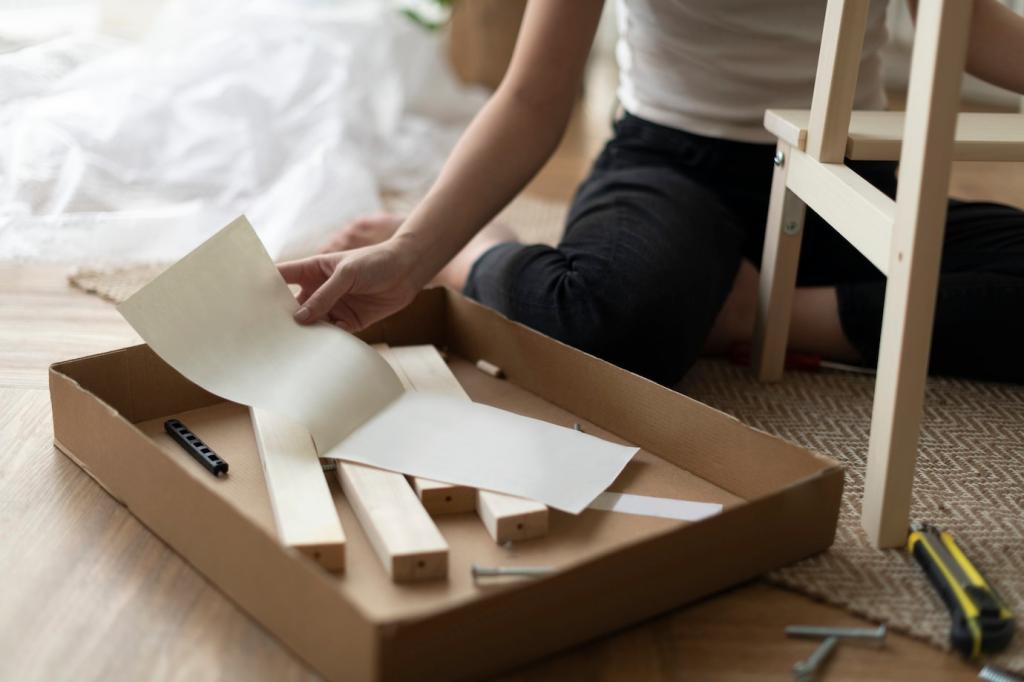
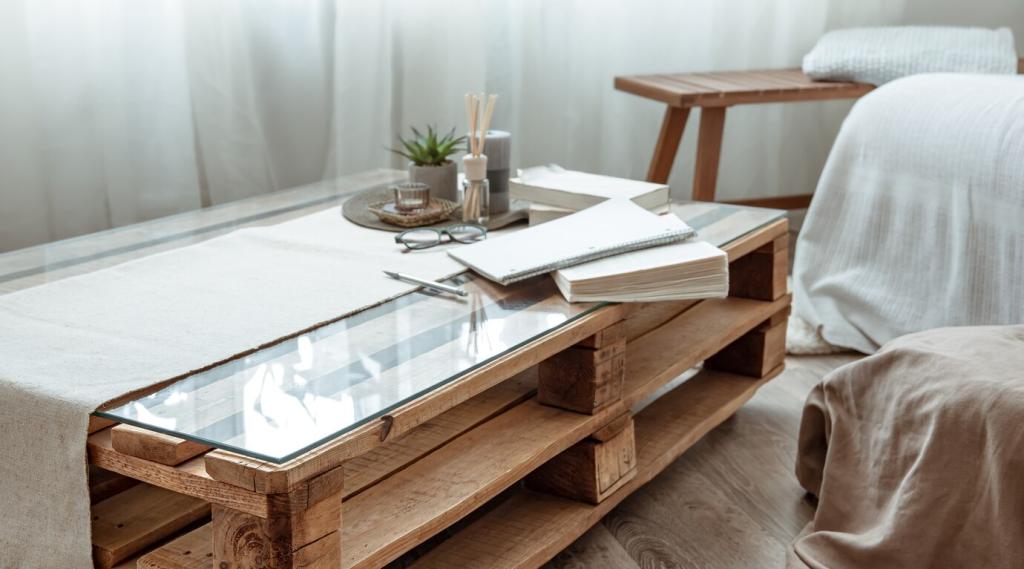
Smart Buying and Circular Choices
Look for FSC or PEFC wood, Greenguard Gold finishes, and OEKO-TEX textiles. Ask for safety data sheets and ingredient transparency. Favor solid wood over particleboard when possible. Comment with brands that impressed you.
Join our mailing list
